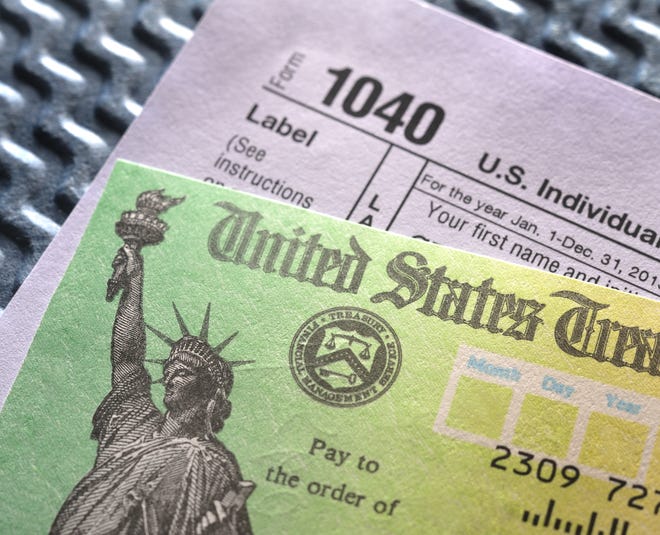It costs a pretty penny to send your kids to school, but at least the tax law offers some measure of tax relief. Here’s a quick roundup of five key higher education tax breaks still in effect.
1. US Opportunity Tax Credit: The maximum American Opportunity Tax Credit (AOTC) of $2,500 applies to payments for qualifying expenses such as tuition, room and board, fees, supplies, and equipment. Notably, the AOTC is available for every student in your family, so you could, for example, claim a total credit of $5,000 for two children in school.
However, the credit is being phased out based on Modified Adjusted Gross Income (MAGI).
For 2022, the phase-out range is between $80,000 and $90,000 of MAGI for single filers and between $160,000 and $180,000 for joint filers.
2. Lifetime Learning Credit: Unlike the AOTC, the maximum credit for eligible expenses is $2,000. Additionally, the Lifetime Learning Credit (LLC) applies per taxpayer, so your credit remains at $2,000 if you have two children in school.
The LLC is now suppressed at the same levels as the AOTC. Before 2022, the elimination thresholds were much lower.
Caveat: Generally, you can claim either AOTC or LLC, but not both. The alternative tuition and fee deduction is no longer available.
3. Student Loan Forgiveness. Normally, loan forgiveness translates into taxable income for the borrower. However, there are some exceptions.
Update: The President recently announced a rebate of up to $10,000 on most federal student loans and $20,000 on Pell Grants. To qualify, a person must have incomes below $125,000 or $250,000 for married couples. Under current law, no tax is due on the forgiveness of these loans. The president’s plan also extends the payment pause on federal student loans through the end of the year.
4. Student loan interest deduction: If your child is paying interest on a student loan, they can collect limited tax relief. The taxpayer responsible for paying the debt can deduct up to $2,500 of the interest paid during the year. This deduction is claimed above the line to reduce the AGI for other tax purposes.
However, note that the student loan interest deduction is also subject to phasing out. For 2022, the phase-out range for single filers is between $70,000 and $85,000 of MAGI and between $145,000 and $175,000 of MAGI for joint filers.
5. Section 529 Regimes: Maybe your child isn’t ready for college yet. In this case, you can set aside money for the child in a Section 529 plan. The account can grow without any tax erosion and withdrawals used to pay eligible expenses, such as tuition and accommodation and meals for full-time students are tax exempt. Plus, you can transfer unused funds from an older child’s account to a younger child’s account without any tax consequences.
To note: Recent legislation allows taxpayers to use a plan to pay up to $10,000 in tuition to attend K-12 grades at a public, private, or religious school.
Learn more about higher education tax relief from your professional advisors.
 Resource KT
Resource KT


